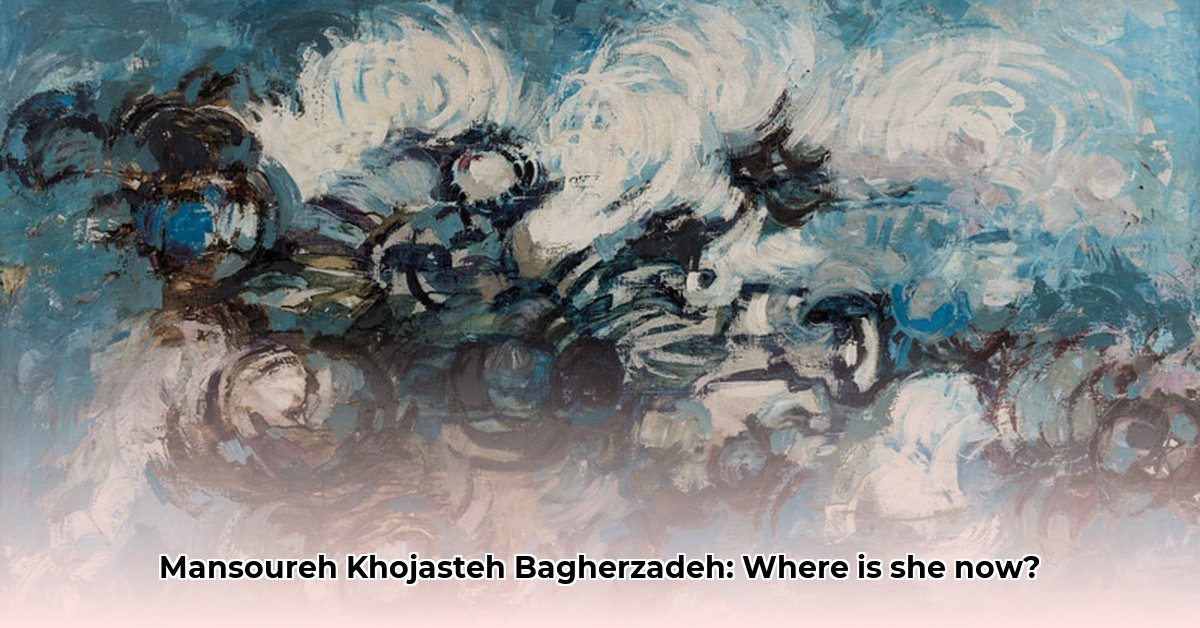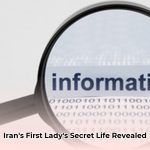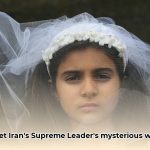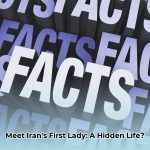Mansoureh Khojasteh Bagherzadeh: A name whispered in hushed tones, a figure shrouded in mystery. As the wife of Iran’s Supreme Leader, Ali Khamenei, she occupies a unique position in Iranian society, yet remains largely invisible to the outside world. For a more in-depth look at her personal history, see this resource. This article delves into the known facts of her life, separates speculation from reality, and explores the potential reasons behind her intensely private existence. We aim to provide a comprehensive, albeit necessarily incomplete, portrait of this enigmatic woman.
Mansoureh Khojasteh Bagherzadeh: A Life Lived in the Shadows
The scarcity of information regarding Mansoureh Khojasteh Bagherzadeh is striking. In an age of ubiquitous media coverage and relentless public scrutiny, she has managed to maintain an almost impenetrable veil of privacy. This begs the question: is this a deliberate choice, a reflection of cultural norms, or a strategic maneuver? Understanding her life requires careful consideration of the available evidence, acknowledging the limitations and inherent biases of our sources.
Family, Marriage, and Background: Tracing the Known Details
Born in 1947 in Mashhad, a city revered as a center of religious scholarship in Iran, Mansoureh Khojasteh Bagherzadeh hails from a devout Persian family. Her father, Mohammad Esmaeil Khojasteh Bagherzadeh, was a respected businessman in Mashhad. She also has a brother, Hassan Khojasteh Bagherzadeh, who served as the former deputy director of IRIB (Islamic Republic of Iran Broadcasting), the state-controlled media organization.
She married Ali Khamenei in 1964, reportedly through a traditional family arrangement. The marriage sermon was officiated by Ayatollah Mohammad Hadi Milani. Together, they have six children: four sons (Mostafa, Mojtaba, Masoud, and Meysam) and two daughters (Boshra and Hoda).
Her children’s lives offer glimpses into the inner circles of Iranian power. Mostafa is dedicated to seminary studies and is married to the daughter of Azizollah Khoshvaght, a prominent cleric. Mojtaba, a more visible figure in Iranian media and politics, is married to the daughter of Gholam Ali Haddad Adel, a former speaker of the Iranian Parliament. Masoud is married to the daughter of Seyyed Mohsen Kharazi, and Meysam is married to the daughter of Mahmoud Lolachian, a religious merchant in Tehran. Boshra is married to the son of Mohammad Mohammadi Golpayegani, the head of the Supreme Leader’s office, and Hoda is married to the son of Mohammad-Bagher Bagheri.
The Walls of Secrecy: Unpacking the Reasons for Privacy
The reasons behind Mansoureh Khojasteh Bagherzadeh’s reclusive lifestyle are subject to speculation. Several factors may contribute to this phenomenon:
- Cultural Norms: Traditional gender roles in Iranian society often dictate that the wives of prominent figures remain out of the public eye.
- Personal Choice: She may have actively chosen to prioritize her privacy and avoid the intense scrutiny that comes with being the wife of the Supreme Leader.
- Security Concerns: In a politically volatile region, maintaining a low profile can be a security measure to protect herself and her family.
- Strategic Image Management: Her seclusion could be part of a broader strategy to manage the public image of the Supreme Leader, projecting an image of piety and detachment from worldly affairs.
Deconstructing the Myths: Separating Fact from Fiction
Given the lack of reliable information, myths and rumors inevitably surround Mansoureh Khojasteh Bagherzadeh. It is crucial to approach such claims with skepticism and to rely on verifiable facts from credible sources. Sensationalized stories and unsubstantiated allegations should be treated with caution.
The Ethical Tightrope: Reporting on a Private Life
Reporting on a figure who actively shuns publicity presents ethical challenges. It is essential to balance the public’s interest in knowing about those who wield influence with the individual’s right to privacy. Speculation should be avoided, and any reporting should be based on verified facts and reliable sources.
Future Research: Unveiling Further Insights
Despite the challenges, future research may shed more light on the life and influence of Mansoureh Khojasteh Bagherzadeh. Potential avenues for investigation include:
- Archival Research: Examining historical documents and records for any mentions or references to her.
- Interviews: Seeking interviews with individuals who may have knowledge of her life, such as family members, friends, or acquaintances (while respecting their desire for privacy).
- Analysis of Iranian Media: Studying Iranian media coverage for subtle clues or insights into her role and influence.
- Academic Studies: Encouraging academic research on the role of women in Iranian politics and society.
Verifying Information About Mansoureh Khojasteh Bagherzadeh: A Critical Approach
Due to the limited and often conflicting information available, verifying details about Mansoureh Khojasteh Bagherzadeh requires a rigorous and critical approach:
Key Principles for Verification:
- Source Evaluation: Assess the credibility and reliability of each source. Consider the author’s expertise, potential biases, and the publication’s reputation.
- Cross-Referencing: Compare information from multiple sources to identify commonalities and discrepancies. Look for corroboration from independent sources.
- Fact-Checking: Verify specific details, such as dates, names, and locations, using reliable sources.
- Contextual Analysis: Consider the historical, political, and social context in which the information was produced.
- Transparency: Acknowledge the limitations of available information and be transparent about the sources used.
Navigating Conflicting Accounts:
Discrepancies often arise regarding her birth year (some sources say 1945, others 1947), her height (varying accounts), and the extent of her public engagements. When encountering such conflicting accounts, prioritize sources with stronger credibility and evidence. If no definitive answer can be found, acknowledge the uncertainty and present the different perspectives.
The Importance of Skepticism:
Be wary of sensationalized or unsubstantiated claims. Many online sources lack proper attribution or verifiable information. Always approach such claims with a healthy dose of skepticism.
Ethical Considerations in Verification:
Remember that Mansoureh Khojasteh Bagherzadeh has a right to privacy. Avoid perpetuating rumors or spreading unverified information that could harm her reputation.
In conclusion, Mansoureh Khojasteh Bagherzadeh remains an enigmatic figure. While much about her life remains shrouded in secrecy, by piecing together the available information and employing a critical and ethical approach, we can gain a more nuanced understanding of her role and influence within Iranian society.














